Base-Spec Tata Harrier.EV vs Mahindra XEV 9e Pack One: Most Affordable Variants Compared
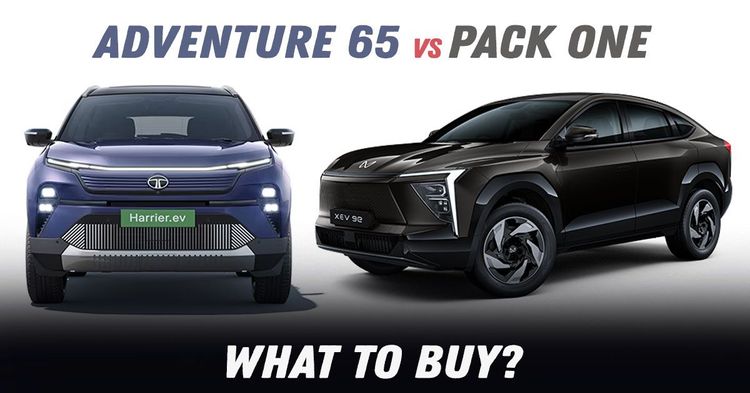

Tata Motors recently launched the Harrier.EV at an attractive price point. The highly anticipated electric SUV comes in five different variants- Adventure 65, Adventure S 65, Fearless+ 65, Fearless+ 75 and the range-topping Empowered 75. The all-electric Harrier locks horns with the Mahindra XEV 9e, which currently has four variants- Pack One, Pack Two, Pack Three Select and Pack Three. Talking of prices, the base-spec Harrier.EV Adventure 65 has an ex-showroom price of Rs 21.49 lakh - Rs 41,000 less than the XEV's starting price of Rs 21.90 lakh. This calls for a comparison between the base variants of these SUVs.
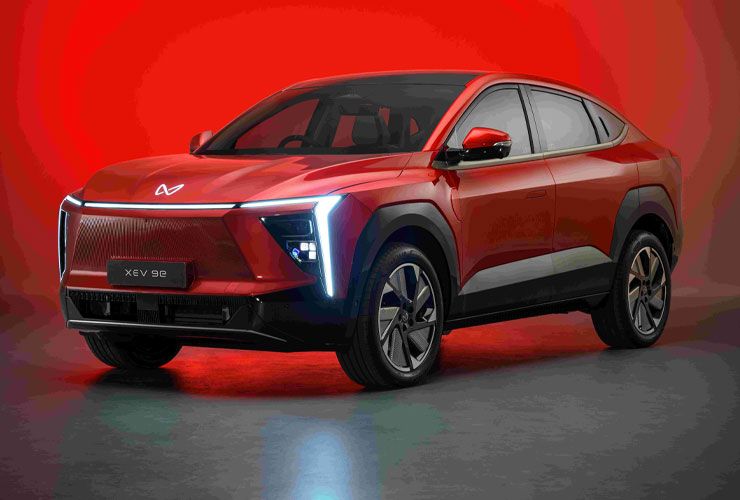
There is a noticeable difference in the form and size of these SUVs. The Harrier EV is taller and wider, while the XEV 9e leads with its length and wheelbase. It is the Mahindra that offers more boot and frunk space and better legroom. The XEV has a boot space of 663 litres while the Harrier.EV offers just 502 litres. The frunk capacity on the XEV is 150 litres while the Harrier.EV offers just 67 litres.
Below are the dimensions of the XEV 9e:
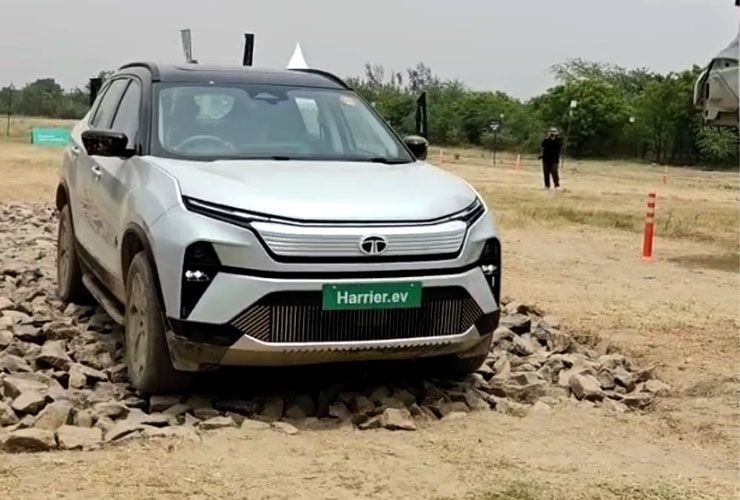
The dimensions of the Harrier.EV are:
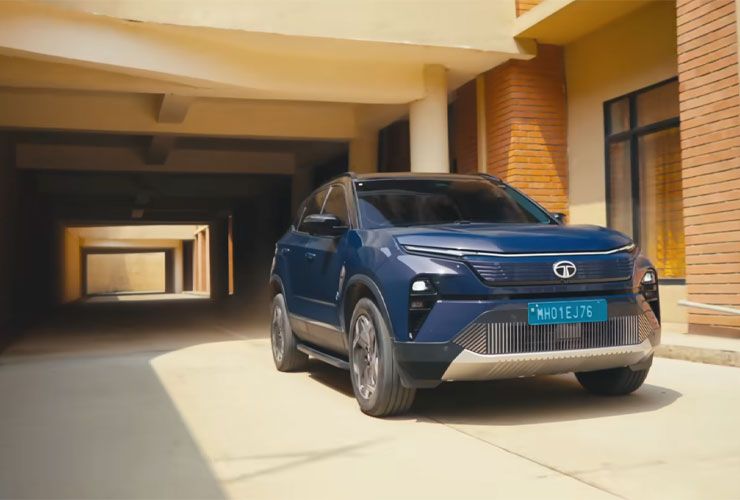
The Harrier EV comes with a rather conventional design. It comes with puddle lamps, auto-folding ORVMs, and an integrated side step for easy access. It rides on 18-inch alloy wheels, unlike the XEV Pack ONE which gets 19-inch steel wheels.
Key design highlights on the XEV 9e are a sloping roofline, illuminated front and rear logos, flush-type door handles, rear spoiler, and a single-tone colourway. The headlamps and tail lamps on both vehicles are LED units. Neither of them gets sequential turn indicators. The XEV 9e gets automatic headlamps and wipers on the base variant- something that the Harrier.EV Adventure 65 misses out on.
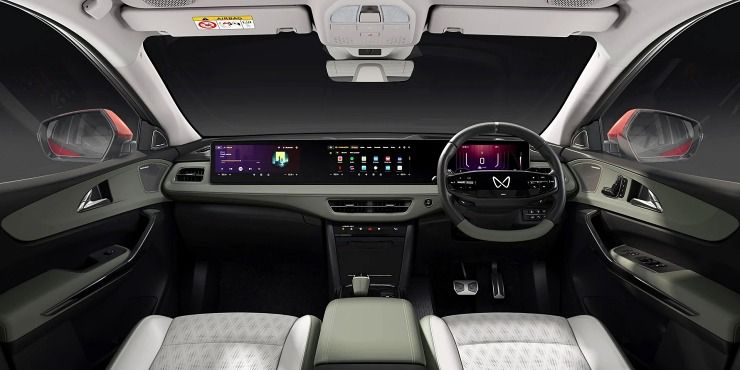
*Representational image
Inside, the XEV 9e pulls ahead when it comes to tech. It offers larger screens for both the infotainment system and the driver’s display. Each of these is a 12.3-inch unit. The Harrier.EV uses 10.25 units instead. Plus, the XEV gets a third 12.3-inch screen for the front passenger, even in the base variant.
The electric Harrier offers wired smartphone Connectivity- Apple Carplay and Android Auto. The Mahindra on the other hand, offers Wireless Apple CarPlay and Android Auto even on the base variant. Base variants of both these SUVs get automatic AC, leather-wrapped steering, push-button start, 60:40 split rear seats, Type-C fast charging ports, front armrest, connected car technology, OTA update support, and tilt/telescopic steering wheels.
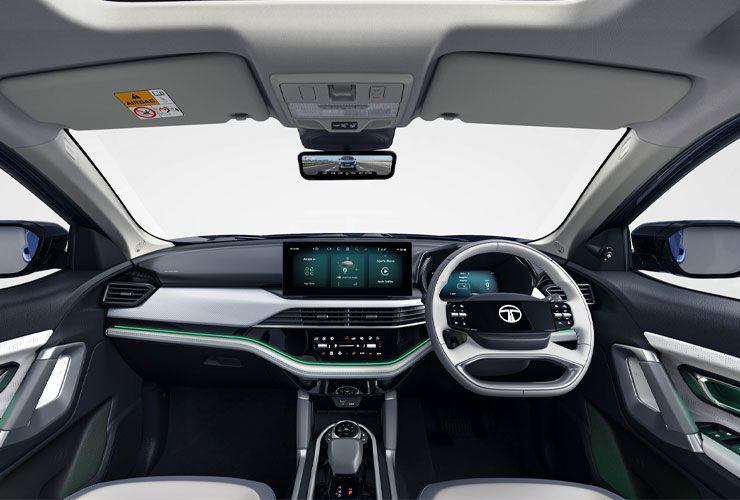
*Representational image
Talking of differences, the XEV Pack ONE gets reclining (rear) seat backs and rear armrests while the Harrier.EV Adventure 65 does not. The Tata however, gets onboard navigation even on the base variant which is absent on the Mahindra.

Both these electric SUVs come equipped with several driving technologies and features. Talking base specs alone, the Harrier.EV takes the lead here. It is equipped with multiple terrain modes — Normal, Wet/Rain, and Rough Road. (The top-spec gets six modes) The XEV 9e only offers a Snow mode.
The Harrier.EV also offers vehicle-to-vehicle and vehicle-to-load charging. These are absent even on the range-topping variant of the XEV 9e. The Harrier.EV also offers a dedicated Drift mode. The XEV, on the other hand, comes with a Boost mode.
Both these vehicles come equipped with selectable drive modes, cruise control and regenerative braking.
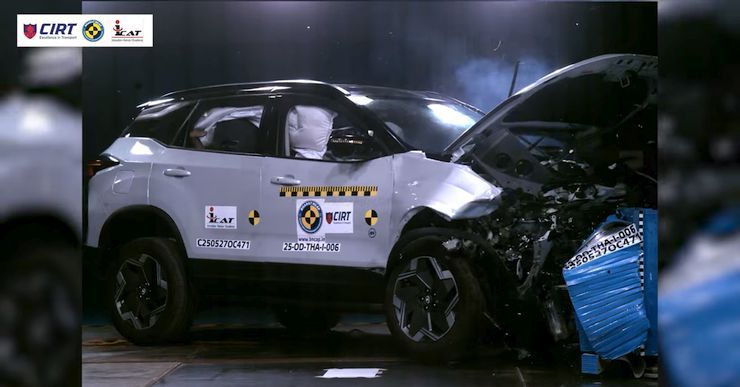
Both SUVs cover the safety basics well. However, the Harrier EV stands out with extra features like hill ascent and descent control, as well as traction control — giving it an edge in tricky driving conditions. It has scored better in Bharat NCAP's crash tests as well.
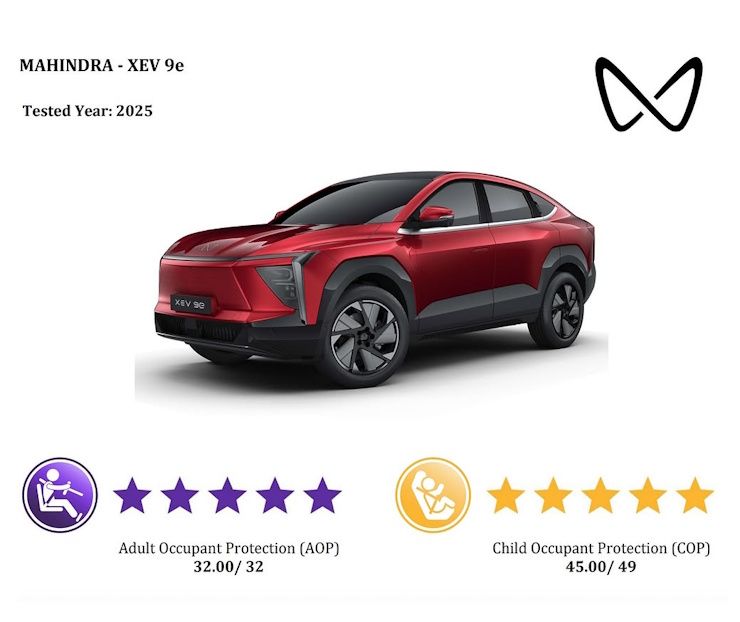
If you are in the market for a base variant of any of these electric SUVs, making a choice could be tricky. The XEV definitely commands a price premium, but has more features inside its cabin and on very personal grounds, a better design. The Harrier.EV takes the lead when it comes to safety and driver aids.
Again, it is the XEV that has maximised the usable cabin room and boot space. These should help you choose. Furthermore, the entry-spec variants of these SUVs differ with their battery sizes as well. It is the Harrier.EV that has a bigger battery pack (65 kWh) than the XEV which comes with a 59 kWh.